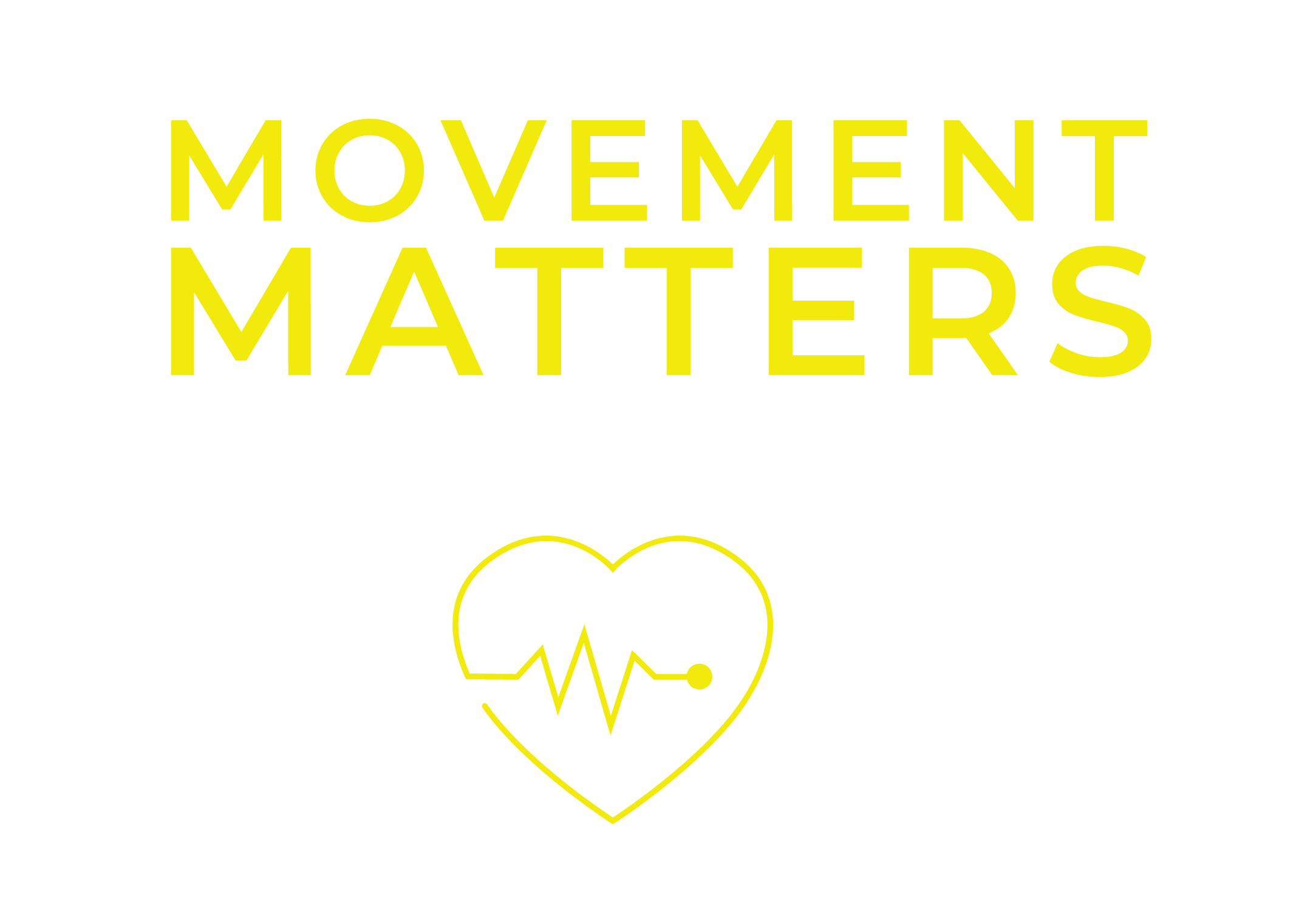You may have heard the terms “sprain” and “strain used interchangeably before – however, there is a key difference between the two. Before understanding the differences between a sprain and strain, it is important to understand the differences between a ligament and tendon.
Your ligaments are rows of tissue that connect bones to one another within a joint. Your tendons are tissues that connect bones to muscles. When you experience a sprain, you are tearing or overstretching a ligament, whereas when you experience a strain, you are tearing or overstretching a tendon.
If you have been struggling with pain and you think you may have sustained a sprain or strain, contact our office today to schedule a consultation.
What causes sprains and strains?
The symptoms of a sprain and strain are much alike, due to the fact that the injuries are very similar in nature. You may experience swelling, muscle spasm, difficulty with range of motion, limited flexibility, or pain around the affected joint. However, there is one main difference in symptoms: with a sprain, you will usually present bruising around the affected joint, whereas this is not always the case with a sprain. Some of the most common causes of sustaining a sprain or strain include:
- Athletic activities
- Slipping and falling
- Prolonged repetitive motion
- Lifting heavy objects
- Overexerting yourself
There are also certain risk factors that may increase your chances of sustaining a sprain or strain, such as neglecting to warm up before exercising, using improper equipment, practicing improper techniques, being out of shape, or general fatigue.
How are sprains and strains treated?
Mild sprains and strains are often treated with the RICE technique: Rest, Ice, Compression, and Elevation. However, when the RICE technique doesn’t work, or if pain is unbearable and/or constant, it is in your best interest to visit a doctor. A doctor may take an X-ray to see if there are any breaks in the bone. If there are no breaks found, the diagnosis is usually a strain or sprain.
Pain relief therapy is an effective method for treating sprains and strains. No matter how you incurred your injury, our dedicated pain relief specialist can play a major role in your comeback. Our pain relief therapist will use a mix of passive and active treatments to reduce pain, improve strength, and increase coordination. Passive treatments may include massage, ice and heat therapies, electrical stimulation, or ultrasound. Active treatments include targeted stretches and exercises.
A very common type of ligament sprain is an ACL tear, which pain relief therapy has been proven successful in treating. It has also been proven successful in treating various other types of tears, such as those to the Achilles tendon or hamstring.
Some statistics on ankle injuries:
According to WebMD, “Ankle injuries can happen to anyone at any age. However, men between 15 and 24 years old have higher rates of ankle sprain, compared to women older than age 30 who have higher rates than men. Half of all ankle sprains occur during an athletic activity. Every day in the U.S., 25,000 people sprain their ankle. And more than 1 million people visit emergency rooms each year because of ankle injuries. The most common ankle injuries are sprains and fractures, which involve ligaments and bones in the ankle. But you can also tear or strain a tendon.”
If you’re suffering from sprains, strains, or ankle pains, contact our office today to learn more about how we can get you started on the road to recovery. Our experienced and certified pain relief specialist will do a comprehensive assessment of your condition and create an individualized treatment plan, based on your specific needs. Kick sprains and strains to the curb with natural pain relief therapy treatments!
Sources:
- https://www.mayoclinic.org/diseases-conditions/sprains-and-strains/diagnosis-treatment/drc-20377943
- https://medlineplus.gov/sprainsandstrains.html
Tags: Exercise, Fitness, Health, Movements, Physical therapist, Physical therapy, Sprains, Strains





